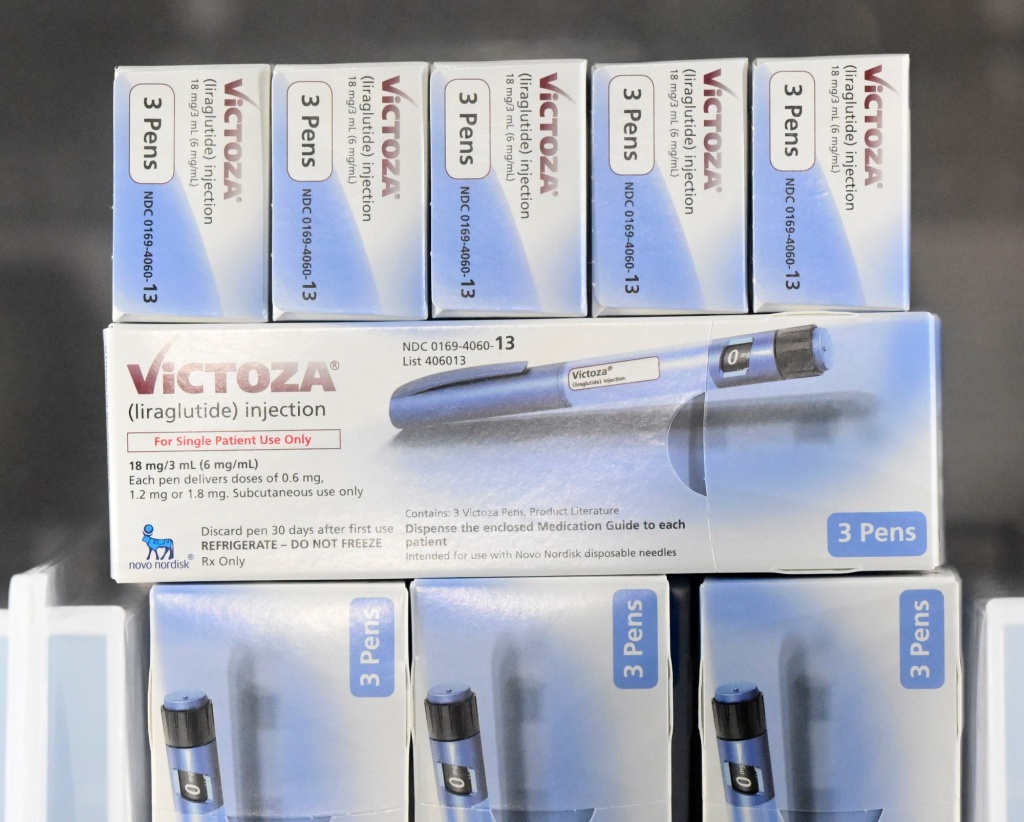
On a “bad diabetes day,” as Sammie Delaney Young calls it, her blood sugar level goes on a rollercoaster ride, even when she’s doing everything right.
Young, 25, is one of approximately 3 million people in California living with diabetes, and she knows there’s nothing she can do to change the fact that she has type 1 diabetes, which requires insulin daily. The Los Angeles County resident also understands she’s faced with unique challenges as only about 5-10% of people with diabetes have type 1.
“When I say I have diabetes, a lot of times people will say, ‘Well, you don’t look like you’re diabetic, or, why don’t you just not eat cake,’” Young said. “People don’t understand that it’s lifelong and chronic and affects my life every single day.”
Before pharmaceutical company Eli Lilly implemented a $35 per month price cap on its insulin for insured customers in March, following a California lawsuit, Young was spending about $150 monthly for the needed insulin as well as hundreds of dollars in insulin pump supplies, she said.
A bill unanimously passed in the California Senate this week seeks to provide financial relief to Californians who live with diabetes by banning co-pays over $35 for a 30-day supply and prohibits health plans from imposing a deductible on insulin prescription drugs.
“Insulin only being $35 makes such a big difference,” Young said. “I live paycheck to paycheck and the savings that I’m having every paycheck every month for the rest of my life make a big impact.”
The legislation, introduced by Sen. Scott Wiener, D-San Francisco, also calls for insurance to cover “equipment and supplies for the management and treatment” of diabetes, including blood glucose monitors and testing strips, insulin pumps, insulin pens and aids to assist those who are visually impaired.
“Californians should be able to access life-saving medications without being forced to skip meals or jump through endless hoops,” said Wiener. “For the health of our state, we must tackle the high cost of insulin, which is putting lives at risk as people are forced to ration.”
Gov. Gavin Newsom last year unveiled plans for California to develop its own, low-cost insulin. And in March, Newsom announced a contract with drug manufacturer Civica Rx to produce $30 insulin.
Dr. Llanyee I. Liwanpo, an endocrinologist at Providence St. Joseph Hospital in Orange, said her patients say they spend a few hundred dollars on insulin every month — although costs can vary depending on their insurance plan.
“With the insulin cost, the (cost of the supplies) are generally recurrent costs,” Liwanpo said. “For the insulin pump, there’s an initial fee. But there are supplies they need to change out.”
Under President Joe Biden’s Inflation Reduction Act, insulin is capped at $35 monthly for people with prescription drug coverage through Medicare. Before that went into effect, Liwanpo said, insulin affordability issues were most prominent in her older patients. Now, she’s seeing how the price of insulin affects younger patients, too.
“Diabetes doesn’t just affect our older patients. It affects patients from all walks of life,” Liwanpo said. “I have patients who are young and working and have private insurance. I have type one and type twos who get pregnant and need insulin. And while I don’t see pediatric patients, I know there are pediatric type ones whose families have trouble paying for insulin and all the equipment.”
Young, who works with children with disabilities at an elementary school in Whittier, said she’s used to explaining to children and adults alike about her condition. But sometimes, Young said, she just wants to live her life without having to explain why she has things attached to her.
“I’ve had kids yank my tubing and pull my insulin pump out of my body, I’ve had kids rip my sensors off,” Young said. “Kids are naturally curious, but these are things most people won’t ever have to think or worry about.”
And although Young often forgets she even has diabetes — she’s lived with it for the past decade — it affects her mental health some days.
“When I’m changing, I have to make sure that I’m holding onto my pump. It’s almost like I’m on a leash,” said Young. “My friend is having a wedding, and I got a really pretty dress to wear, but there’s no place for me to put my pump, so I can’t really wear it.”
“If I get a drink from McDonald’s and they give me a regular soda instead of a diet soda, that affects my blood sugar,” she said. “There are so many things that I feel other people don’t think about but we have to think about every day, so I’m always trying to educate people.”
While she’s glad California is trying to address insulin affordability in the statehouse, Liwanpo says it’s just one piece of the puzzle.
“It takes a village to get to maintain good diabetes control. It’s not just how affordable their insulin is, it’s their accessibility to healthy, diabetic-friendly food,” Liwanpo said. “It’s having family support and good providers that will work with patients.”
𝗖𝗿𝗲𝗱𝗶𝘁𝘀, 𝗖𝗼𝗽𝘆𝗿𝗶𝗴𝗵𝘁 & 𝗖𝗼𝘂𝗿𝘁𝗲𝘀𝘆: www.mercurynews.com
𝗙𝗼𝗿 𝗮𝗻𝘆 𝗰𝗼𝗺𝗽𝗹𝗮𝗶𝗻𝘁𝘀 𝗿𝗲𝗴𝗮𝗿𝗱𝗶𝗻𝗴 𝗗𝗠𝗖𝗔,
𝗣𝗹𝗲𝗮𝘀𝗲 𝘀𝗲𝗻𝗱 𝘂𝘀 𝗮𝗻 𝗲𝗺𝗮𝗶𝗹 𝗮𝘁 dmca@enspirers.com


